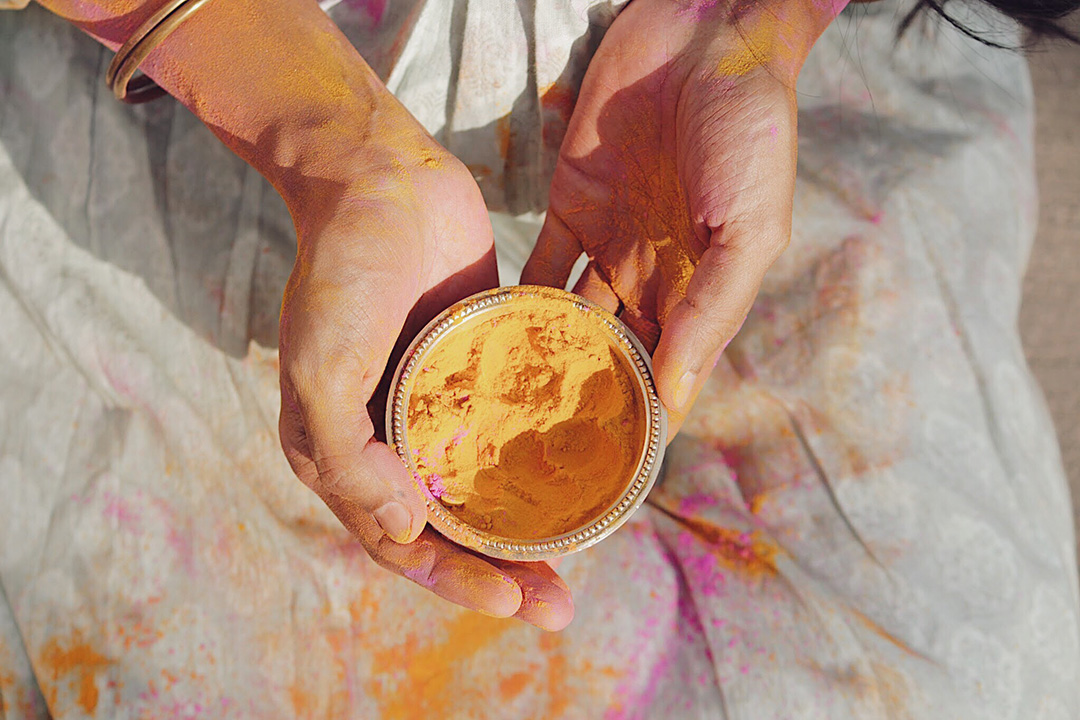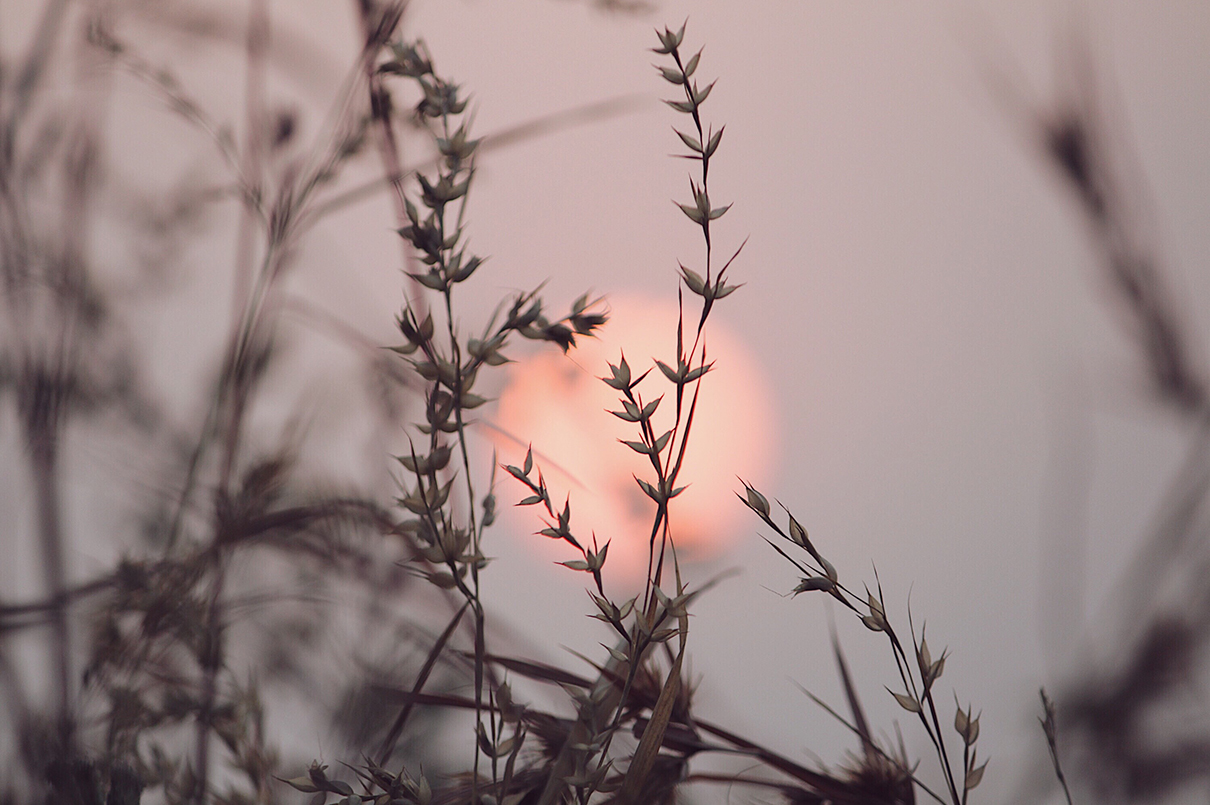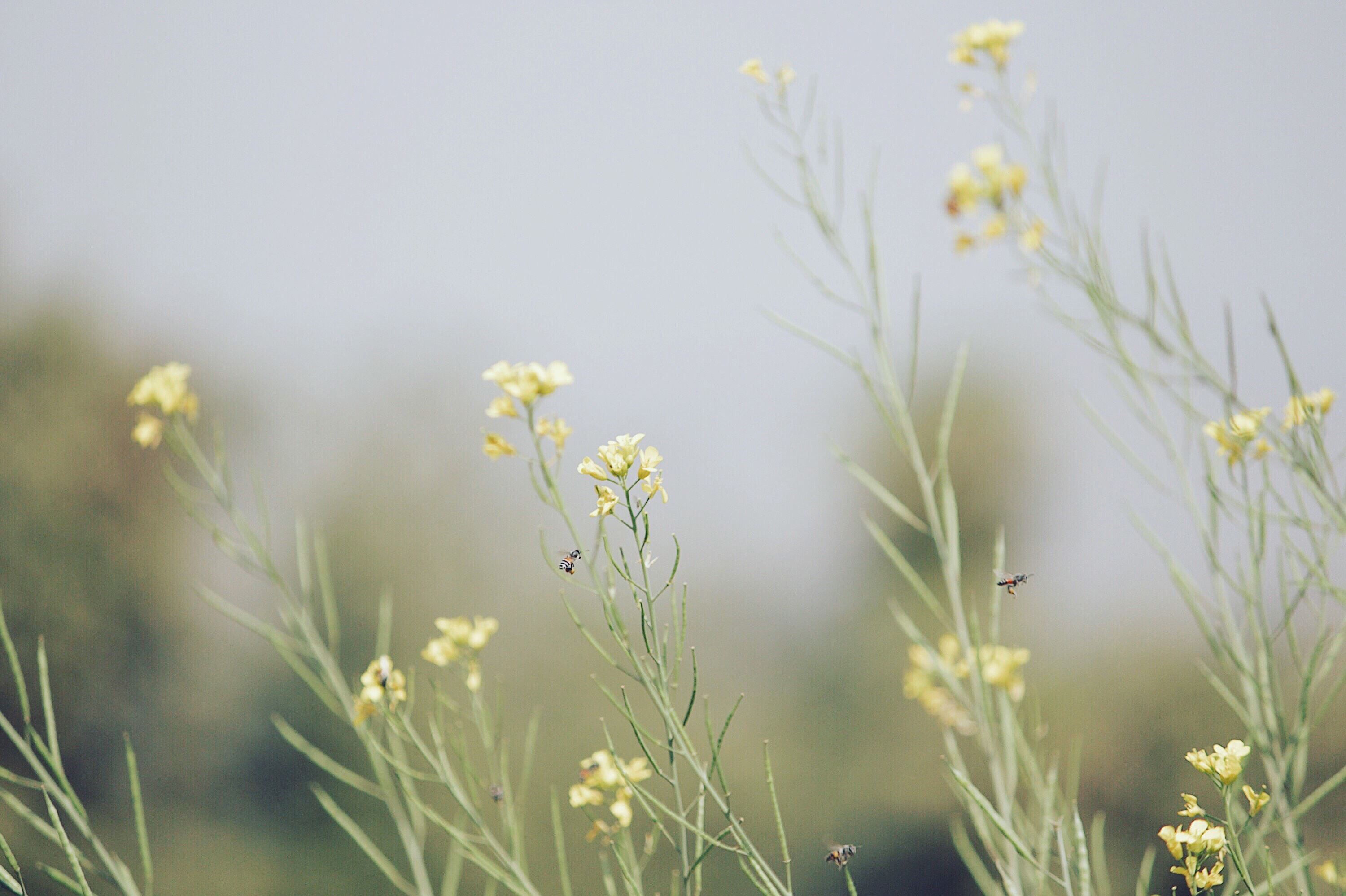



Spring is the season of the Ashta Vasus, the ‘shining ones’ who represented the five elements and the three cosmic manifestations of Rta - cosmic order, in the Vedic worldview. The most beguiling of all seasons, spring charms us with its beauty and allows Kama to pierce the hearts of all living beings with desire

Who would not become love-sick in the spring when the atmosphere
is all round charged with the fragrance of tender-mango leaves and
flowers and the bees are intoxicated with sweet honey?
The sweet, amorous intoxication of Spring is referred to time and again in classical Sanskrit poetry. Basant Rtu – Spring – is the season that is traditionally seen as the joyful renewal of nature and desire.
Everything gains in beauty in spring, writes Kalidasa in “Ritusamharam: A Garland of Seasons”, celebrating the virtue and beauty of each of the six seasons of Rtu Chakra. The trees are adorned by flowers, the lotuses are unfurling in the ponds, the breeze carries the fragrance of flowers and, most importantly, hearts are filled with amour. Because Basant is the season of Kama, the god of love and desire. The arrival of Basant is marked by the festival of Holi, which signals the end of the cold season. And in its traditions of celebration and colour, harkens back to a much older, deeper cultural celebration of Basant, which is one of renewal and eroticism.
Basant Rtu has been described as the playground of Kama. “Plush mango blossoms are his arrows sharp, a row of bees his elegant bowstring — my dear, the warrior that is spring, has now arrived to pierce the hearts, of people ready to make love”, thus begins the VI Canto of the Ritusamharam (trans. A N D Haksar). In the classical Sanskrit mythology, Kama, the god of eros, is described as one whose arrow is made of mango blossoms, the bow is made from Kimsukha flowers and whose bowstring is made of a cluster of bees. In iconography, Kama rides on a Parrot; the curved red-orange beak of the Parrot is what inspires the Sanskrit name, Kimsukha, for the Flame of the forest or Palash flower.
Legend has it that, at the behest of Parvati, Kama tried to pierce the heart of that most famous of ascetics – Shiva, to make him desire her. But, roused from his meditation, Shiva in his anger burned Kama to ashes. And then, giving in to the lamentations of Rati (Kama’s wife) and the penance of Parvati, Shiva restored Kama to his physical self after 40 days. And this renewal and rebirth of desire and eroticism is perhaps at the heart of the festival of Holi.
Basant Rtu: Season of Scents & Sweet Delights.
“Basant is the greatest friend of Manmatha,” (another name by which Kama was called), writes Dr Raghavan in his work on Rtu. Certainly, nature – prakriti and the emotions – rasa – evoked in the hearts of all living beings both bear witness to the mythology of Basant as a time of playful desire. The onset of spring is likened to arrival of a newly-wed bride by Kalidasa. Prakriti is also bursting with desire; “the male cuckoo, intoxicated, with the wine that is but mango juice, and aroused, kisses its sweetheart, and the bee inside the lotus flower, also starts a buzz melodious, for pleasing its inamorata,” (Ritusamharam. Trans. A N D Haksar).
The mythological and cultural renewal attributed to spring is also a reference to the physical aspects of the season; coming as it does after the cold, fallow winter season. In all ancient cultures spring was revered as the rebirth of nature and the earth’s fertility. But in the Sanskrit texts Basant is accorded a lyrical beauty of a world freshly made; in a sense it is seen as a time of promise, of potential. This is a time of sweetly blushing buds and the soft green of fresh leaves. The waters look inviting and their banks are verdant. And everywhere there is a sense of movement; bees are buzzing, birdcall fills the air, the cuckoo begins to call for his mate, the fragrant breezes cause ripples on the water.
In the Vedic world the deities who preside over Basant are the Vasus. The Ashta Vasus are the eight Vedic deities who are known variously as the ‘shining ones’ or ‘those who are brilliant’. They represent the five elements of nature – Prithvi, Agni, Jala, Vayu and Akash (earth, fire, water, air and ether) and the three cosmic manifestations of cosmic order or Rta – Surya, Chandra and Sitara (Sun, Moon and the Stars). All these aspects of nature and cosmic order are together celebrated in the reverence of Basant. In the Rig Veda, the oldest of the four Vedas, Basant is described as Ghee – the oblation or gift to the gods – in the primordial sacrifice of the Supreme Being – Purusha – that begets cosmic creation.
From that primeval description of Basant as the most pleasing offering to the gods, the seasons begin to be represented in other, more descriptive ways. The Taittiriya Brahmana describes the seasons as parts of a bird; Basant is the head, the body is winter, the wings are summer and autumn and the tail is Varsha rtu. But perhaps the description that comes the closest to conjuring the intoxication of Basant is the depiction of the seasons in the Brahma Purana. The six seasons are anthropomorphised as women who attend the wedding of Shiva and Parvati. Spring is a beguiling young maiden who wears anklets of bees as she walks upon the lotuses of the verdant forests. In her hand is a mango branch adorned with the blossoms that will ripen into mangoes. In her wake she leaves behind a trail of new, green growth, because with her footsteps the earth becomes fertile again.